The Big Bang
WILSON CYCLE
An adventure into the island
Hi, we’re going to listen this story:
http://elt.oup.com/student/surprise/level6/stories/story6?cc=global&selLanguage=en
and then answer the questions proposed by your teacher.
Try this quiz about geology vocabulary
http://quizlet.com/_aupis
CIENCIAS PARA EL MUNDO CONTEMPORÁNEO
AT CEMACAN CENTRE: working with the solar energy
The 3 bilingual groups this year in the Ramon y Cajal, 1st,2nd and 3rd levels has gone with their teachers to the CEMACAM CENTRE. This is a place where some people work for having a better environment in our region, Murcia (Spain). The last months they have done intensively research in solar energy. Our studends have attended a conference about renewable energies, have visited the centre and have been able to interact with some devices which only work with solar energy. Everybody has enjoyed this day. We want to thank people staying at this centre like Antonio who does this activity for the students without economical interests.
FIVE KINGDOM DISPLAY
The students of 1st of ESO -IES RAMON Y CAJAL-MURCIA have made several jobs about some living beings. They are displayed in the classroom.The students have used different materials. Here you can see these jobs in one presentation.
Una isla de basura del tamaño de Europa recorre el Pacífico
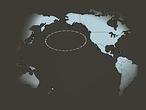
Cada año, en todo el mundo, se producen 100 millones de toneladas de plásticos. Un 10% termina en el mar. Así es como ha llegado a formarse el llamado trash vortex (vórtice de basura), un área de 700 mil kilómetros cuadrados ubicada entre los Estados Unidos y Japón y que puede llegar a tener, en promedio, 334 mil piezas de desechos por kilómetro cuadrado.
Esta masa inmensa de residuos fue descubierta en 1997 por el investigador Charles Moore cuando volvía de una competición de vela de Hawaii. "Cada vez que subía a cubierta para inspeccionar el horizonte, veía una botella de jabón, una tapa de la botella o un trozo de plástico flotando", contó por aquel entonces. "Aquí estaba yo, en el medio del océano, y no había ningún lugar al que pudiera ir que no tuviera plástico".
Fue él quien dio a conocer al mundo científico sobre los seis kilos de residuos plásticos que podían encontrarse en el norte del Pacífico por cada kilo de placton, el alimento básico de muchos de los organismos marinos.
La también llamada "sopa flotante" cubre 800 kilómetros de la costa de California, rodea Hawaii, y llega casi hasta Japón. "Los plásticos absorben contaminantes y liberan químicos, que van a parar al pescado que comemos", explicó el científico Marcus Eriksen, del centro de investigación marino Algalita.
ONE OF THE MOST EXPENSIVE MINERAL ...AND BLOODY
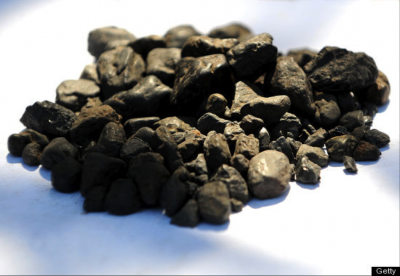
Coltan: A mineral that is often found in electronics. While this may not be the world’s most expensive metal, it is weighted with blood. Coltan is mostly harvested in the Congo, Rwanda and Venezuela and is considered to be a leading conflict mineral. Violence, rape and monetary exploitation are often side effects of the mining practices. Rwandan rebel soldiers force prisoners, some children, to dig for the mineral. Coltan mining also impacts the endangered Mountain Gorilla as it is mined near the Kahuzi Biega National Park (gorilla hábitat). Coltan harvest in the Democratic Republic of Congo reaps 8 MILLION DOLARS a year. Each pound of coltan sells for 100 DOLARS.
ECOSYSTEMS
A DISPLAY OF PRESENTATIONS MADE BY THE STUDENTS OF 2ND ESO -IES RAMON Y CAJAL-
SAVE WATER
A display of presentations made by the students of 1st of ESO -IES RAMON Y CAJAL-
Happy christmas!

Without solution we are 7000 millions of habitants
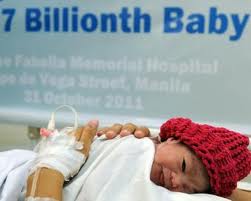
Without solution we are 7000 millions of habitants
"Our planet has already 7000 millions of people", I can read, uneasiness, in the País newspaper"... and in 2050 we will be more than 9000 millions.." This is not a thriller film, but it sounds frightening and this week Halloween was celebrated .. But the most confusing is that some babys are fighting to get the doubtful honour of taking the world tittle "7000 millions"
Sin solución somos 7000 millones de habitantes
"El planeta tiene ya 7.000 millones de habitantes", leo no sin cierta desazón en el País, "..y en 2050 probablemente superará los 9.000 millones.." , aunque no sea una película de terror, suena terrorífico y además coincide con Hallowen....Pero lo que de verdad me ha confundido es que se haya establecido una pequeña batalla campal entre los bebés que optan al dudoso honor de llevar el título mundial de "7000 millones".
SEMANA DE LA CIENCIA EN EL IES RAMON Y CAJAL

Desde el día 7-11 hasta el 11-11, se va a celebrar una semana muy especial para fomentar y divulgar las ciencias en todos sus ámbitos. Para ello los Departamentos de Física y Química, Biología y Geología junto con el de Matemáticas van a realizar distintos actos, charlas, actividades prácticas donde podrán asistir l@s alumn@s de este Centro juntos a sus profesores
SCIENCE WEEK AT THE IES RAMON Y CAJAL (7-11/11-11) in order to put attention about the importance of sciences in life. The departments of Physics & Chemist, Biology and Geology and mathematics are going to give some acts, conferences, practice activities where the students and teachers will be welcomed.
PROGRAM
LUNES 7
8,25-9,20 3ºA “La vida x 500”
10,15-11,10 1º B ESO “El aire que respiramos”
12,35-13,30 4ºA “El viaje del agua”
13,25-14,25 2º C ESO “Clasificando seres vivos”
MARTES 8
9,20-10,15 3ºA “La sangre: el río viviente”
11,40-12,35 2º B ESO “Clasificando seres vivos”
MIERCOLES 9
9,20-10,15 4ºA “¿Qué lleva la mortadela?”
10,15-11,10 3ºB “La vida x 500”
13,30-14,25 1ºA ESO “ La formas del agua”
JUEVES 10
8,25-9,20 2ºC “¿Por qué las plantas son verdes?”
9,20-10,15 1º C “El aire que respiramos”
10.15-11,10 2ºA “Clasificando seres vivos”
VIERNES 11
8,25-9,20 3º B “La sangre: el río viviente”
9,20-10,15 1ºC “Las formas del agua”
10,15-11,10 2º B “¿Por qué las plantas son verdes?”
12,35-13,30 1º B “Las formas del agua”
13,30-14,20 1 º A “ El aire que respiramos”
HAPPY HALLOWEEN
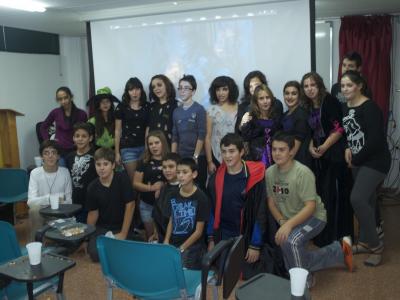
The bilingual classes of 1ºB and 2ºB have celebrated Halloween on Monday 31-10. The last two hours we have been watching some presentations and videos related to this celebration. Their English and DNL teachers have assisted too.
HISTORIA DE LA CÉLULA
SPACIAL RUBBISH
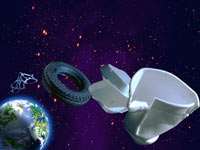
COMIENZO DEL NUEVO CURSO EN EL IES RAMÓN Y CAJAL CURSO 2011-12
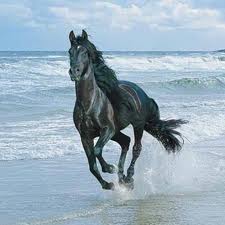
Bienvenidos/as 1º de ESO bilingüe inglés a este Blog sobre Ciencias Naturales que comenzó su andadura durante el curso 2008/09 con mucha ilusión y ganas y prueba de ello está a la vista. También saludo a todos l@s alumn@s de 2º de ESO que están en el nuevo nivel y que ya lo conocen del Curso pasado.
Este curso ya será el segundo año de implantación del Programa Bilingüe en el Centro y esperamos, todos los que hemos contribuido a su implantación y desarrollo, que siga igual de bien o mejor este año.
Como siempre, este Blog pretende ser un medio más de contacto con vosotr@s y dónde podáis consultar recursos multimedia utilizados en clase.
¡Animo, este curso es una carrera de esfuerzo y entusiasmo!
LET’S GO, STRONG WORK AND ENTHUSIASM ARE REQUIRED!


